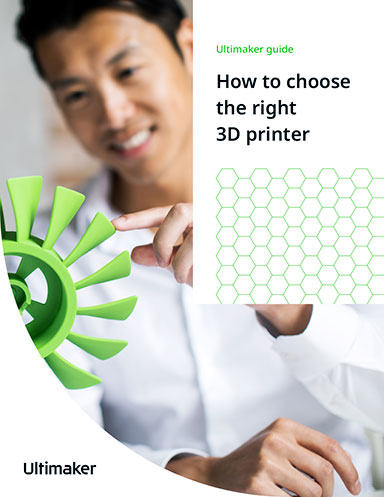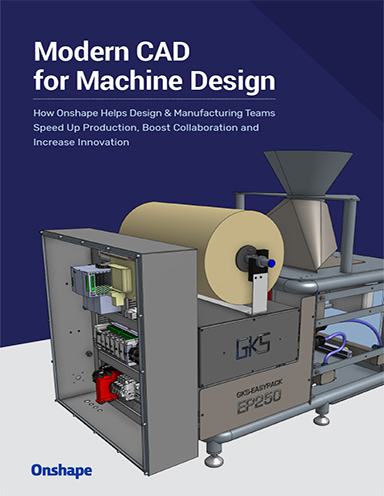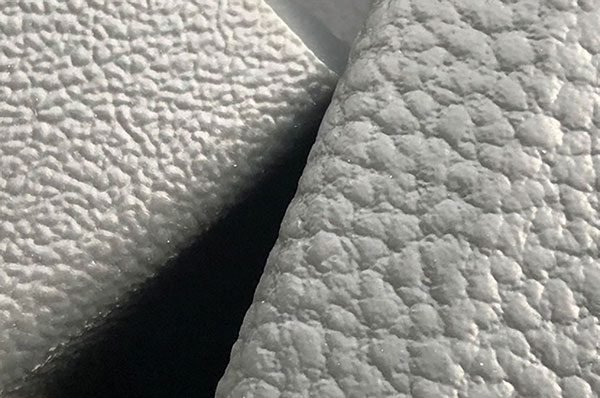
Engineers and designers can apply textures to complex surfaces using organic 3D design software. The textured components can then be directly 3D printed.
Latest News
June 1, 2022
The automotive service industry will not just be impacted by, but also will fundamentally contribute to, the transformation happening in the automtive and mobility space. Images courtesy of 3D Systems.
The automotive and transportation industry has seen technology transformation and innovation in propulsion systems and beyond—marking a change in the overall driving experience. This includes autonomous or semi-autonomous driving and the associated vehicle-to-vehicle (V2V) and vehicle-to-infrastructure (V2I) interactions that provide significantly expanded customer experience and value potential.
These changes have been driven by consumer, business model and regulatory shifts over the past decade. The shifts are widespread and global and are impacting the fundamental nature of the automotive mobility space.
What we must understand is that such a transformational change affects all aspects of automotive development, production, delivery and service business. The functions that embrace this change and look to capitalize on the opportunities created will thrive.
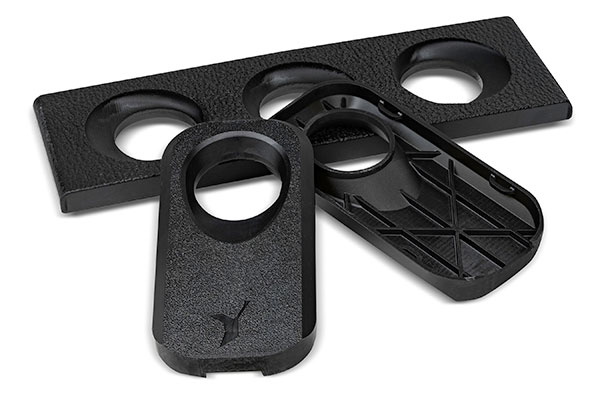
The automotive service industry will not just be impacted by, but also will fundamentally contribute to, the transformation happening in the automotive and mobility space. Images courtesy of 3D Systems.
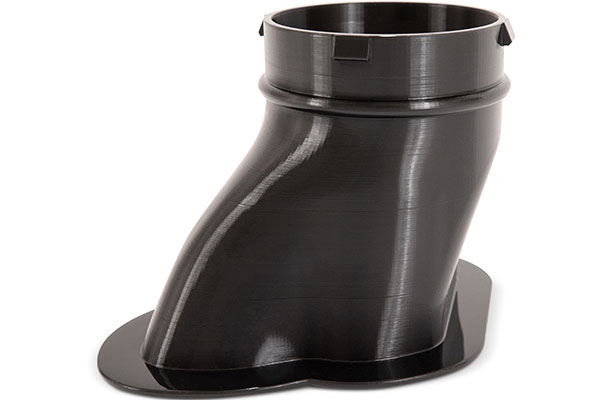
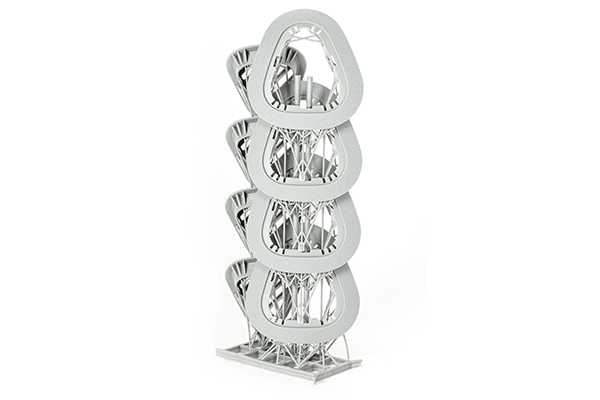
A grave error would be viewing these as incremental activities and costs to add onto existing processes, creating additional overhead on an already competitive business with relatively thin margins.
The service industry is often one of the last automotive business segments considered when addressing industry transformation; however, in this case, it is arguably the centerpiece segment of the automotive transformation.
The automotive service industry directly aligns with the portion of the automobile’s lifecycle that equates to customer experience. The consumer and the service ecosystem deliver value and drive additional growth.
The ability to deliver innovation after the initial point of sale is fundamental—driving the emergence of new audio/video media streaming ecosystems, creating shifts in aircraft engine business models from selling engines to selling flight time, to the emergence of ride share and home rental marketplaces. These examples indicate how the automotive service industry is at the forefront, driving the electric vehicle and autonomous transformation in the mobility industry.
Drawing parallels to other transformations, certain characteristics should be considered to effectively capitalize on expanded value:
Crowd economies: More industries are seeing decentralized funding and, in many cases, decentralization of assets. Consider that Airbnb and VRBO are now rental home websites without actually owning real estate.
Decentralized and autonomous organizations: Functions and activities traditionally housed in a single organization are now found in many interconnected activities, given the ability to collaborate, share and streamline connections.
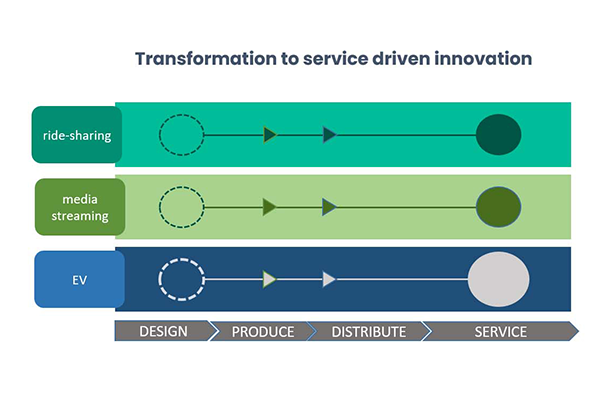
Most recent industry transformations like ride-sharing and media streaming show how innovation is no longer exclusively generated during the design phase but shifted to the service phase.
Transformation economies: Markets are shifting from product- and service-based models to experience-based models. For example, the shift is from buying a car to purchasing a mobility experience.
Closed-loop economies: The viewpoint of the experience is from cradle to cradle rather than cradle to grave where the expectation is for zero waste.
A key enabling technology that provides an accelerator for these transformations is additive manufacturing (AM) or 3D printing. The technology has evolved with the incorporation of many technologies (e.g., photopolymers, powder bed fusion and direct metal printing) as well as a range of materials, and a much simpler interface for easier adoption.
While 3D printing is a viable solution to leverage, many still view it as just another production method added to the existing business model and operation. AM enables a different paradigm with unique benefits:
Tool-less production capability: AM eliminates a major artifact in the production process—the tooling. Directly producing a part from the digital representation not only makes the process more efficient but allows for decentralization of the business model, quick adoption and delivery for the customer, as well as achievement with less manufacturing overhead and waste.
Seamless digital innovation to physical part: Connecting directly from the design intent digital definition and going straight to production allows service companies to address current and latent customer needs while the product and associated services are in use. The customer experience is refined and redefined as needed, without the lag of spinning up new tooling or waiting for the next product revision.
Production grade materials: Material advances have allowed 3D printing to move from a concept or rapid prototyping tool to a viable production and end-use solution. Companies can leverage materials that are flexible, tough, rigid and clear, and suitable for mobility environments including temperature extremes, UV and chemical exposure. This can be done over the vehicle’s lifecycle.
Solutions-based production platforms: A key aspect that contributes to additive manufacturing’s ability to transform the service value proposition is the barrier to adoption. The technology has improved, and now we are seeing advancements in a solutions/applications view that pull all elements together, including 3D printers, materials, build preparation and post-processing into the context of an automotive application from which a knowledge transfer can be achieved. This allows for a significant acceleration and broadening of additive adoption in the service industry.
These innovations and advancements in AM will be a key accelerator for electric vehicle, autonomous and next-generation mobility experiences for decades.
Just as automotive customers are now used to getting automatic software feature updates in service, they will be seeking physical solutions that contribute to a new experience well after the traditional point of sale.
The electric vehicle propulsion technology with the convergence in data and information ecosystems, coupled with the market viewpoint of mobility as a service, will create massive opportunities for growth for those ready to adapt.
For those wanting to capitalize on these shifts, it’s important to seek out the solutions and partners that will allow them to fully realize the benefits of AM—to drive the future of automotive and automotive service providers. Innovations in technologies like advanced materials and software solutions that drive easier adoption expand the ecosystem of automotive service providers. Some examples of AM innovations that will shape the automotive service industry are:
Immense Productivity Gain
The economics of part production are critical to make AM a viable solution for end-use service components in the service of electric vehicle mobility. Productivity gains in AM are a close interplay between hardware, software and materials. Print file AM software for the production of plastic parts enables high-density part stacking and new strut support structures, which can facilitate a 40% improvement in productivity. This productivity allows for quick on-demand part production at a scale that makes business sense while allowing for distribution and decentralization of production capacity.
Surfacing and Texturing
With new technologies enabled via electric and propulsion systems, manufacturers and service providers can transform the customer interface and controls, often adapting these in the field based on new or latent needs identified in the market. To create the perfect customer experience in the automotive interior, sensory factors such as color, feel and surface finish or texture need to be balanced.
Using organic 3D design software enables engineers and designers to apply textures to complex surfaces. For example, the textured components can then be directly printed using various plastic 3D printing technologies and provide a surface aesthetic and feel that customers expect.
AM Software for Productivity
Service companies in automotive will be challenged with developing advanced solutions in a shortened time to capitalize on a market opportunity, and to balance with the quality expected in the automotive experience. Leveraging simulation-based optimization and automation of the AM print preparation and workflow incorporates sophisticated algorithms allowing engineers to rapidly determine optimum print setup, such as part orientation and support structures, as well as directly adapt the process setup for effective thermal management and distortion compensation.
Highly automated simulation software—which interfaces with leading CAD systems—enables increased productivity by reducing setup time and improving product yield, throughput and component performance.
Material Science Applications
A key gap in real automotive use of additive manufacturing or 3D printing is designing materials intended to achieve various automotive requirements, for example, temperature requirements, chemical exposure and part life. In AM, materials do not stand alone but are in a close interplay with printer hardware, materials and software.
By marrying advancements in material science with expertise in process engineering, parameter development, material testing and application expertise, solution providers can create transformative applications for the automotive industry and electric vehicle sector.
With AM material and technology advancements, the service industry will leverage capabilities and strategies that allow it to provide maximum value to the customer experience transformation including decentralizing manufacturing, transforming from products to experiences, and closing the loop through reduced waste and recycling/repurposing. AM through trusted solutions provides an essential enabler for service companies by delivering new experiences at production scale, with the properties suited for use, and with the quality and experience that a growing mobility customer expects.
Kevin Baughey is Segment Leader, Transportation & Motorsports, 3D Systems.
Subscribe to our FREE magazine, FREE email newsletters or both!
Latest News





